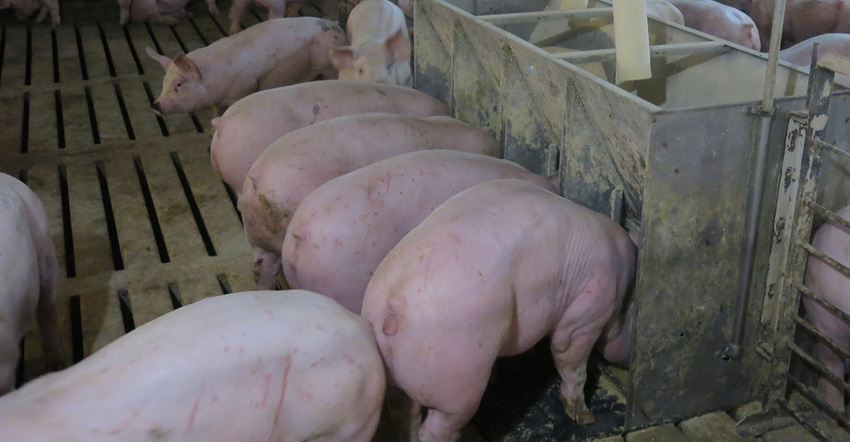Exchange volume has increased since Nov. 9 debut.

If you're not looking for a way to get ahead, you're destined to fall behind. It's hard to predict the future, even in years with "normal" trends. Then you get thrown a year like 2020, which no one could have predicted just how topsy-turvy our entire world would become.
As you all know, the hog industry became completely embroiled in the effects of a COVID-19 world.
Shutdowns and slowdowns at pork processing plants made hog marketing a little more difficult this year, with some producers even being forced to find individual buyers or local butchers to take some of the market animals off their hands. Sadly, there were also some producers who had to make the inevitable decision to euthanize perfectly healthy market weight animals because there simply was nowhere for them to go.
Hopefully, the days of pork plants being shut down due to COVID (or for any other reason) are behind us, and producers can get back to doing what they do best — raise wholesome, healthy pork for the consuming public.
Of course, you know getting healthy hogs to market weight is only part of the battle. Marketing those market weight hogs can make or break your operation. The way the U.S. hog industry has gone, a lot of production systems have a person, or a team dedicated to establishing the best marketing plan, with many hogs sold before they even leave the farrowing stall.
Ever since the Chicago Mercantile Exchange began trading live hog contracts in the mid-1960s, hog producers have been able to chart their future in advance of sale day, rather than having to simply take what the buyer was offering on any given day.
Then again in the mid-1990s, the CME began trading futures and options on new lean hog contracts, giving producers another marketing tool.
Now, we're a week into the CME offering yet another tool for hog marketers, with the Nov. 9 launch of the cash-settled Pork Cutout Futures and Options, which provide "risk management tools for market participants looking to hedge their price exposure to pork cutout values," according to the CME website.
CME spells out the key benefits of this new tool, which at 40,000 pounds per contract are the same as the Lean Hog futures and contracts.
• A tool for producers, packers, processors, wholesalers, importers and exporters to tailor their risk management strategy according to exposure to pork cutout values
• An opportunity to trade the spread between Pork Cutout and Lean Hogs
• Available for screen trading on CME Globex or block trading reported via CME ClearPort
Apparently, a cutout contract has been on the industry's wish list for quite some time, and the time appears to be right for its debut. But just like the best equipped workshop, you can have all the latest and best tools available, but if they simply hang on pegboard and are neatly arranged on your workbench they do no one any good if they aren't being used.
Since its debut a little over a week ago, the use of the cutout contracts has increased, and obviously time will tell how the industry truly feels about the new tool. As with the release of any new trading contract, producers are encouraged to learn all they can and then start small.
So, will the Pork Cutout Futures and Options remain shiny in your toolbox, or will it become a well-worn, relied-upon piece of risk management for your operation? Drop me a line, I would like to know your thoughts.
About the Author(s)
You May Also Like



